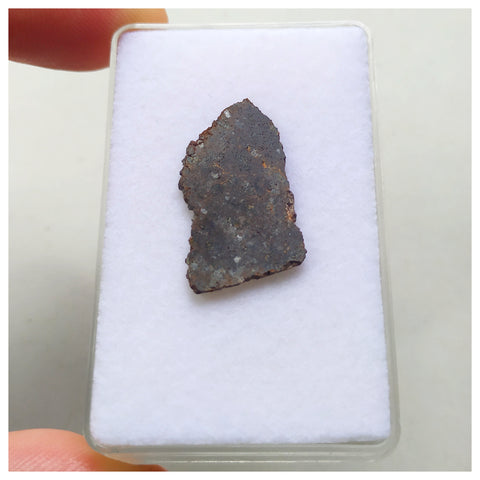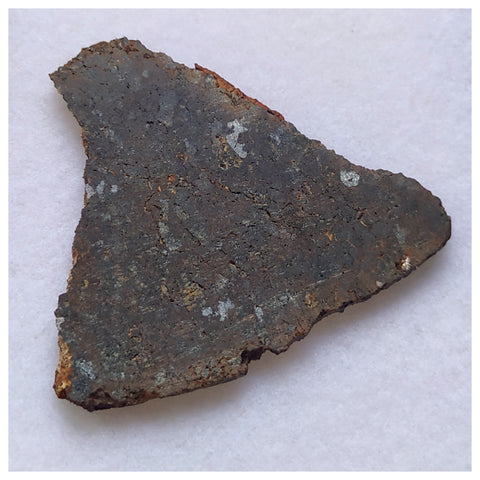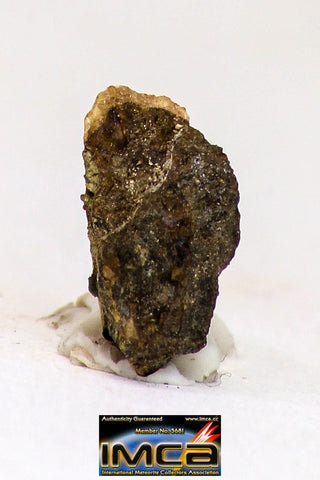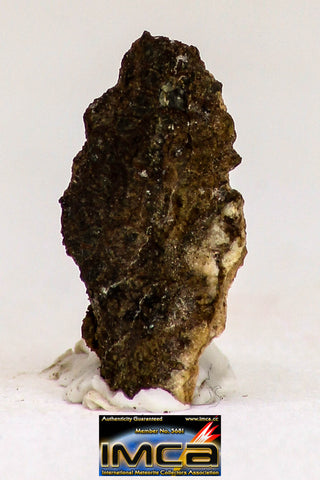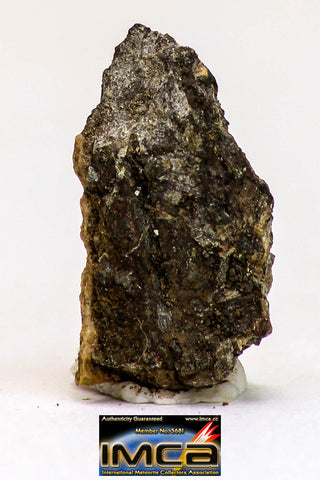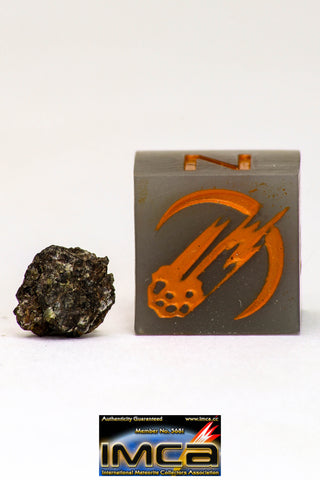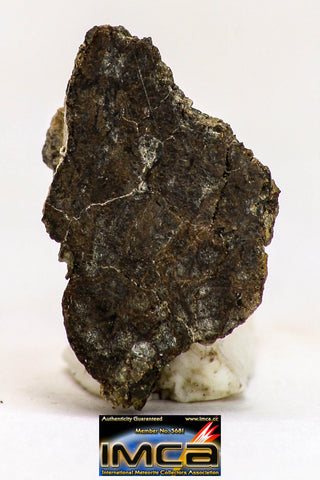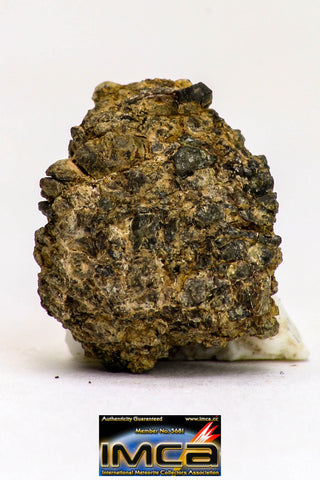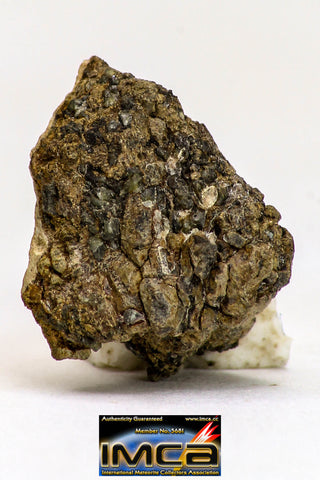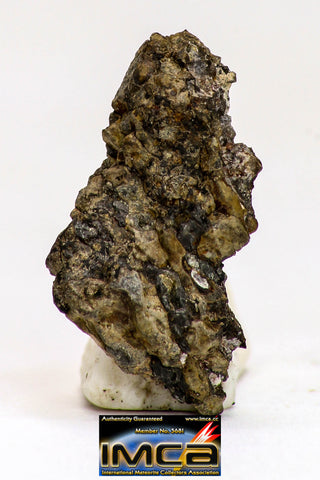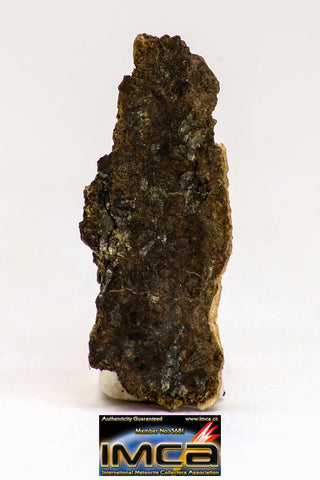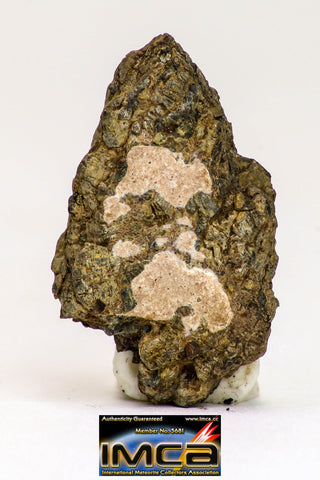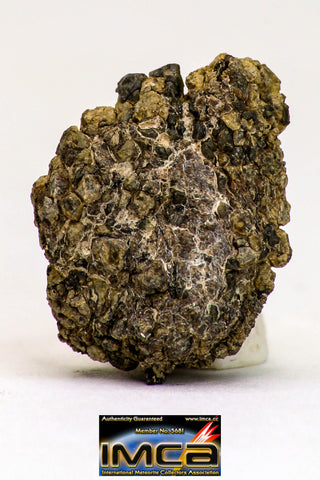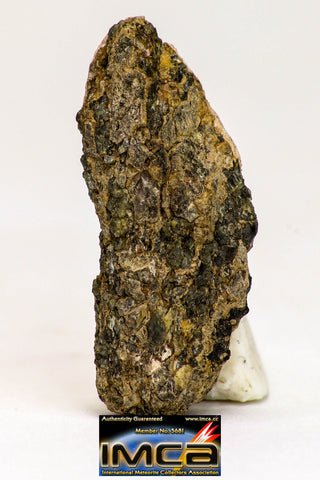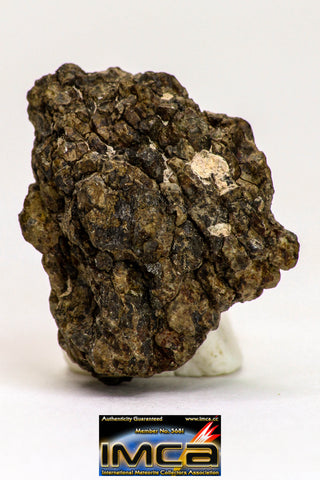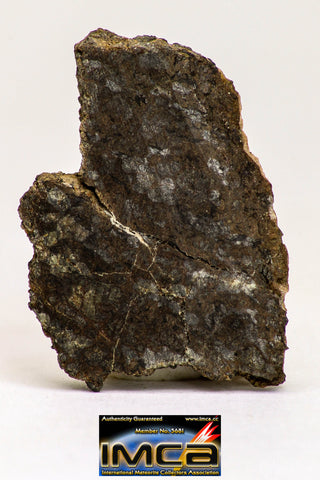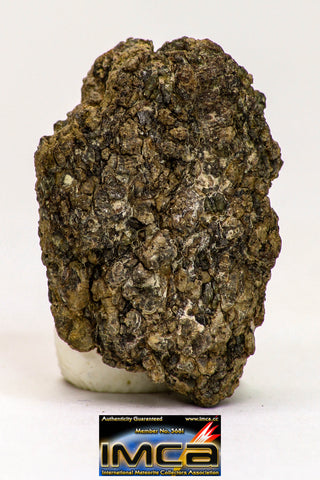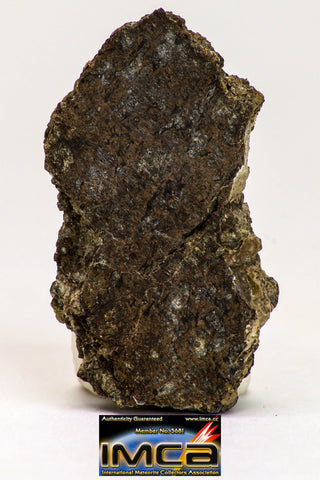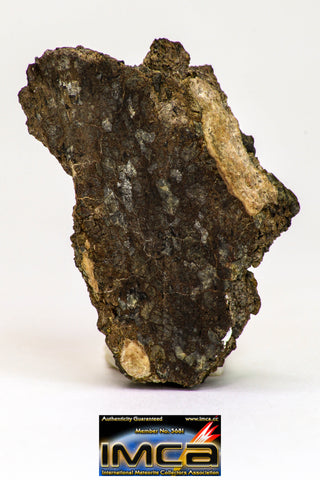Ureilites
Ureilite is a rare type of stony meteorite that has a unique mineralogical composition very different from that of other stony meteorites. This dark grey or brownish meteorite type is named after the village Novy Urey, Mordovia Republic of Russia, where a meteorite of this type fell on 4 September 1886. Notable ureilites are the Novo Urei and the Goalpara, also named for the town in which it landed (Goalpara, Assam India). On 7 October 2008, tiny asteroid 2008 TC3 entered Earth's atmosphere and exploded an estimated 37 kilometres (23 mi) above the Nubian Desert in Sudan. Fragments of this asteroid were recovered the following December and were found to be ureilite. Scientists have discovered amino acids in meteorite 2008 TC3 where none were expected, taking into account high temperatures reached in the explosion of about 1000 °C.
A technical name for ureilite would be olivine-pigeonite achondrite. Compared to most other meteorites, ureilites tend to have a high percentage of carbon (average 3% by weight) in the form of graphite and nanodiamonds. The diamonds, which are rarely more than a few micrometres in diameter, are probably the result of high pressure shockwaves produced by collisions of the ureilite parent body with other asteroids. Ureilites can be divided into two subcategories: monomict and polymict. Monomict ureilites are coarse grained with olivine usually more abundant than pyroxene. Polymict ureilites are a mixture of clasts of dissimilar composition.
Unknown. Some groups of meteorites come from a single object (i.e. Mars, Moon, 4 Vesta), but there has been no parent body found as yet for the ureilites. Prior to impacting Earth, 2008 TC3 was identified as an F-type asteroid.



